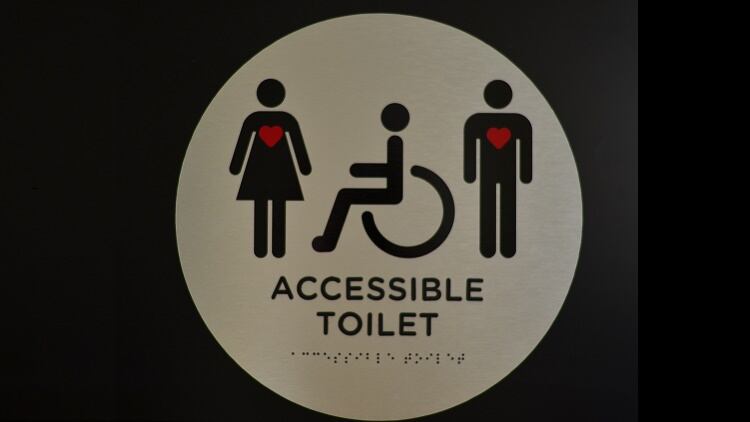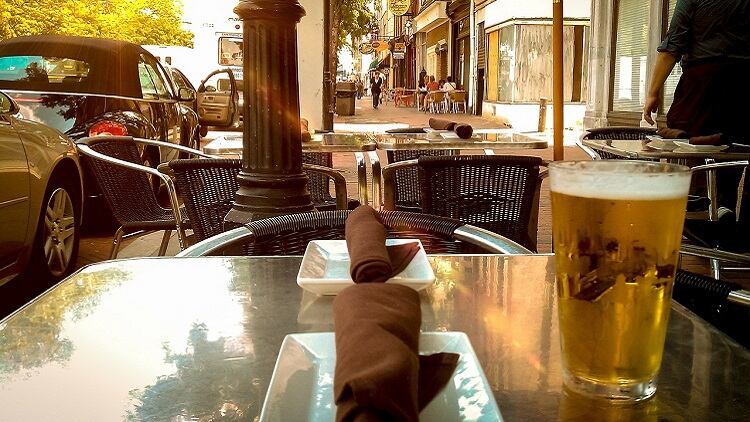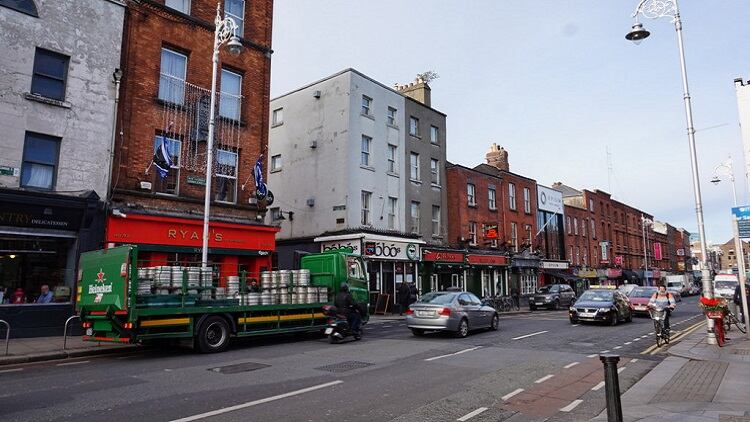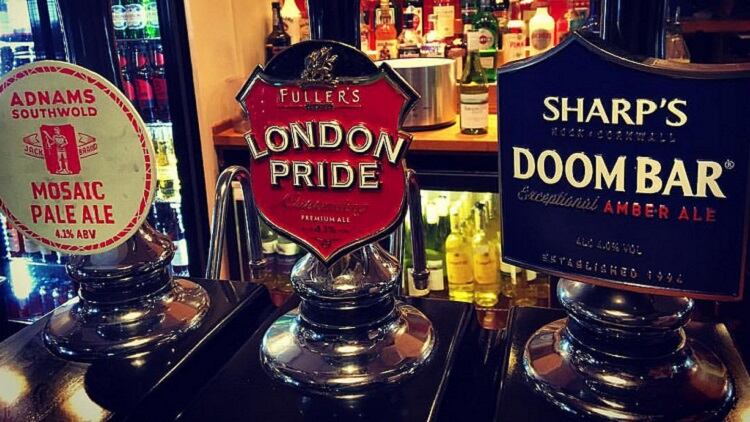Scottish schoolgirl Grace Warnock’s campaign pushed for businesses to acknowledge that not everyone who needs to uses a disabled toilet has a visible disability.
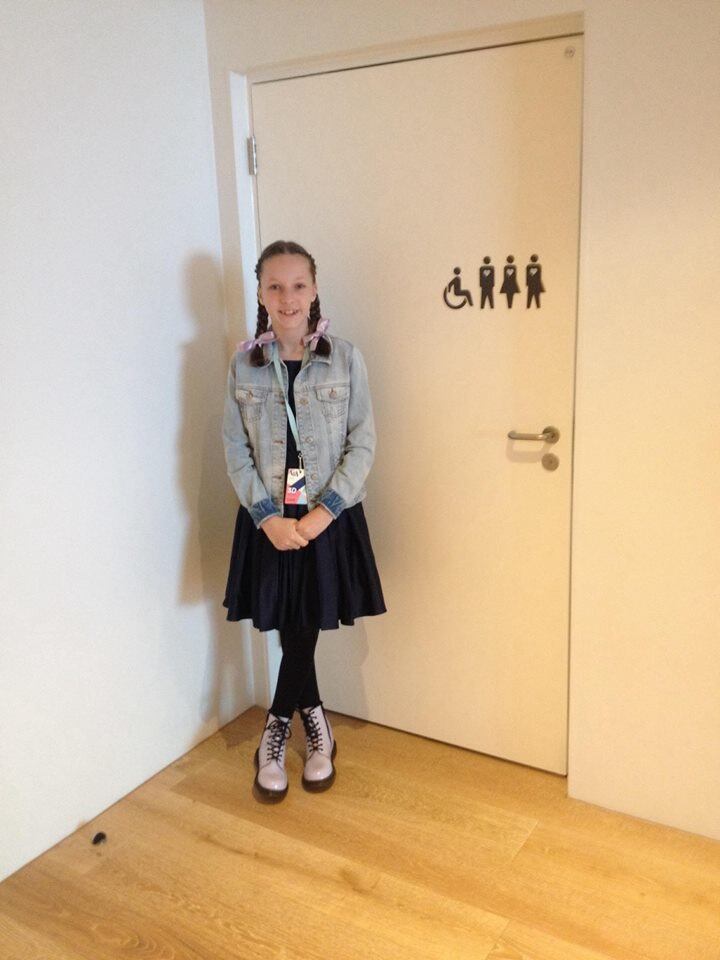
Eight in 10 people said they felt more comfortable visiting a site with the signage installed, in a survey of 2,000 by charity Crohn’s & Colitis UK.
An even higher number (87%) said they thought the campaign has had a positive effect in tackling stigma and reducing isolation.
Warnock’s design has been used in supermarkets across the UK and the Victoria & Albert Museum.
Speaking to The Morning Advertiser, Warnock’s mum said a key part of her design – which shows different bodies – was hearts.
“The hearts represent that the disability is invisible and also to have a heart, to not judge what can't be seen,” Judith Warnock explained.
Personal experience
Euan MacDonald, co-founder of Euan's Guide, a charity dedicated to documenting customers’ experiences out-of-home, said it welcomed the initiative.
“We welcome the Grace’s Sign initiative and, like Euan’s Guide, Grace’s Sign came out of personal experience,” he said.
“So many reviewers tell us of the negative experiences they can have when using toilets as people with hidden impairments. Our view is that accessible toilets are for the people that need them, not simply people defined by a particular impairment.
“Grace’s Sign has been so helpful in raising awareness of not only hidden impairments, but also the general need for accessible toilets when people are out and about.”
Research from Euan’s Guide in 2017 found 89% of disabled people said they avoided going somewhere because it didn’t have an accessible toilet.
Andy McGuinness, campaigns manager at Crohn’s and Colitis UK – which launched its own nationwide Not Every Disability is Visible anti-stigma campaign – said quick access to suitable toilet facilities was crucial for sufferers.
Considerable anxiety
He explained: “Conditions like Crohn’s and Colitis are life long, incurable and fluctuating, and can have devastating impact on people’s lives. Many of the main symptoms are gut-related and they are broadly invisible diseases.”
“Because of this, most people living with Crohn’s and Colitis can look OK, but are in fact incredibly ill.”
“People experiencing these incapacitating symptoms often suffer from considerable anxiety about suddenly needing the toilet and having very little time to find one,” he added.
Warnock hopes to get the message into schools in the next year and to “teach younger children all about invisible disabilities so that they can understand more and not judge,” her mum said.
She added: “Grace's long-term goal has always been to see her sign on all accessible doors – to educate others that someone may need to use an accessible toilet without being judged just because they don't look disabled enough.”
Relatively inexpensive
Martin Whitfield MP for East Lothian, Warnock’s constituency, said he encouraged all businesses to adopt the inclusive design.
He said: “The Grace’s Sign campaign has enjoyed huge success in raising awareness and understanding of the use of accessible toilets, especially the fact that not all disabilities are visible. A wide range of organisations have already adopted the sign as a way of doing more to make people aware of the issue.
“Work is ongoing to develop the sign further and make it universally recognised for this purpose, which will take it to an even wider audience.
“I would certainly encourage businesses, including pubs and bars, to adopt the sign as a relatively inexpensive way of helping increase understanding of all their customers’ needs.”

